Rolling hills, with their undulating landscapes and lush greenery, evoke a sense of tranquility and natural beauty. These picturesque terrains are often adorned with vibrant grass that requires regular maintenance to remain healthy and visually appealing. One of the most effective and sustainable practices in lawn care is the use of grass clippings, a byproduct of mowing that can significantly enhance the health of the lawn while minimizing waste.
As homeowners and landscapers seek eco-friendly solutions, understanding the benefits of grass clippings becomes essential in promoting a thriving environment. Grass clippings are not merely a nuisance to be bagged and discarded; they are a valuable resource that can contribute to the overall health of the lawn. When left on the ground after mowing, these clippings decompose rapidly, returning vital nutrients to the soil.
This practice, known as grasscycling, has gained traction among environmentally conscious gardeners and landscapers who recognize the importance of sustainable lawn care. By embracing this method, individuals can cultivate a lush, green landscape while simultaneously reducing their ecological footprint.
Key Takeaways
- Rolling hills and grass clippings can be used to create nutrient-rich fertilizer for your lawn.
- Grass clippings can naturally suppress weeds, reducing the need for chemical weed control.
- Using grass clippings as mulch can help retain soil moisture, reducing the need for frequent watering.
- Utilizing grass clippings for lawn care is a cost-effective and sustainable option for maintaining a healthy lawn.
- Repurposing grass clippings for lawn care provides environmental benefits by reducing waste and chemical usage.
Nutrient-Rich Fertilizer
One of the most compelling reasons to utilize grass clippings is their rich nutrient content. Freshly cut grass contains a significant amount of nitrogen, phosphorus, and potassium—three essential nutrients that promote healthy plant growth. Nitrogen, in particular, is crucial for leaf development and overall vigor, making it a key component in maintaining a lush lawn.
When grass clippings are left on the surface, they break down quickly, releasing these nutrients back into the soil where they can be readily absorbed by the grass roots. Research indicates that grass clippings can provide up to 25% of a lawn’s nitrogen needs when returned to the soil. This natural fertilization process not only reduces the need for synthetic fertilizers but also promotes a healthier ecosystem within the soil.
The organic matter in grass clippings improves soil structure, enhances microbial activity, and fosters a balanced nutrient profile. As a result, lawns that benefit from this practice tend to exhibit improved color, density, and resilience against pests and diseases.
Natural Weed Suppression

In addition to their fertilizing properties, grass clippings serve as an effective natural weed suppressant. When applied as a mulch layer, they create a barrier that inhibits sunlight from reaching weed seeds, thereby reducing their germination rates.
The application of grass clippings as mulch not only suppresses weeds but also contributes to a more uniform appearance across the lawn. By creating a thick layer of clippings, homeowners can effectively smother unwanted plants while promoting the growth of desirable grasses. This method aligns with organic gardening principles, allowing for a more holistic approach to lawn care that prioritizes ecological balance and sustainability.
Soil Moisture Retention
| Soil Type | Moisture Retention (%) |
|---|---|
| Clay | 25-40% |
| Silt | 40-50% |
| Sand | 20-30% |
| Loam | 50-60% |
Another significant advantage of using grass clippings is their ability to retain soil moisture. When applied as a mulch layer, clippings help reduce evaporation from the soil surface, keeping it moist for longer periods. This is particularly beneficial during hot summer months when lawns are susceptible to drought stress.
By maintaining adequate moisture levels in the soil, grass clippings contribute to healthier root systems and overall plant vigor. Moreover, the insulating properties of grass clippings help regulate soil temperature. During extreme heat, they provide a protective layer that keeps the soil cooler, while in colder months, they help retain warmth.
This temperature regulation is crucial for promoting healthy microbial activity in the soil, which in turn supports nutrient cycling and enhances plant growth. The combination of moisture retention and temperature regulation creates an optimal environment for grass to thrive.
Cost-Effective Lawn Care
In an era where sustainability and cost-effectiveness are paramount, utilizing grass clippings presents an economical solution for lawn care. By recycling clippings instead of purchasing commercial fertilizers or mulch products, homeowners can significantly reduce their gardening expenses. The practice of grasscycling not only saves money but also minimizes the need for additional resources, such as water and chemical treatments.
Furthermore, the time saved by not having to bag and dispose of clippings can be redirected toward other essential lawn care tasks or leisure activities. This efficiency makes grasscycling an attractive option for busy homeowners who wish to maintain a beautiful lawn without incurring excessive costs or labor. The financial benefits extend beyond immediate savings; over time, healthier lawns require less intervention and fewer inputs, leading to long-term cost reductions.
Environmental Benefits

Reducing Waste and Methane Emissions
By leaving grass clippings on the lawn instead of sending them to landfills, homeowners can significantly reduce waste and contribute to a more sustainable future. Grass clippings make up a substantial portion of yard waste, and when not disposed of properly, they release methane emissions as they decompose in landfills.
Supporting Biodiversity and Ecosystem Health
Grasscycling practices not only reduce waste but also support biodiversity within local ecosystems. Healthy lawns provide habitats for various organisms, including beneficial insects and microorganisms that contribute to soil health.
Promoting Ecological Balance and Pollinator Health
By adopting natural lawn care practices like grasscycling, homeowners can avoid using synthetic fertilizers and pesticides, creating a more balanced ecosystem that supports pollinators and other wildlife essential for maintaining ecological integrity.
Reduced Waste
The reduction of waste is one of the most tangible benefits associated with using grass clippings in lawn care. In many communities, yard waste accounts for a significant portion of landfill content. By choosing to leave clippings on the lawn rather than bagging them for disposal, homeowners can actively participate in reducing this waste stream.
This practice not only conserves landfill space but also decreases the carbon footprint associated with transporting yard waste to disposal sites. Moreover, composting grass clippings is another effective way to manage this organic material while enriching garden soil.
This closed-loop system minimizes waste while enhancing soil fertility and structure.
Tips for Using Grass Clippings Effectively
To maximize the benefits of grass clippings in lawn care, several best practices should be considered. First and foremost, it is essential to mow regularly and avoid cutting more than one-third of the grass height at any given time. This practice ensures that clippings are small enough to decompose quickly without smothering the underlying grass.
Smaller clippings also allow for better air circulation and light penetration, promoting healthy growth. Another tip is to ensure that the mower blades are sharp; dull blades can tear grass rather than cut it cleanly, leading to larger clumps of clippings that may take longer to break down. Additionally, mowing when the grass is dry helps prevent clumping and promotes even distribution across the lawn.
Finally, consider alternating mowing patterns to prevent soil compaction and promote even growth across the lawn. By implementing these strategies, homeowners can effectively utilize grass clippings as a valuable resource that enhances lawn health while contributing positively to environmental sustainability. In summary, embracing the practice of using grass clippings offers numerous benefits ranging from nutrient enrichment and weed suppression to cost savings and environmental stewardship.
By understanding how to effectively incorporate this resource into lawn care routines, individuals can cultivate vibrant landscapes while minimizing their ecological impact.
If you are interested in exploring the concept of equivalence and the geodesic principle further, you may want to check out this article on the

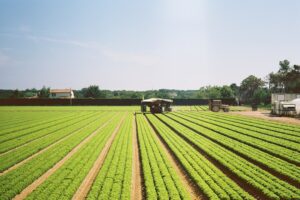


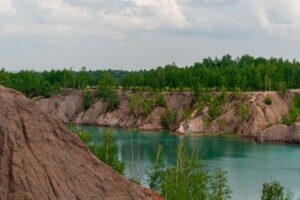






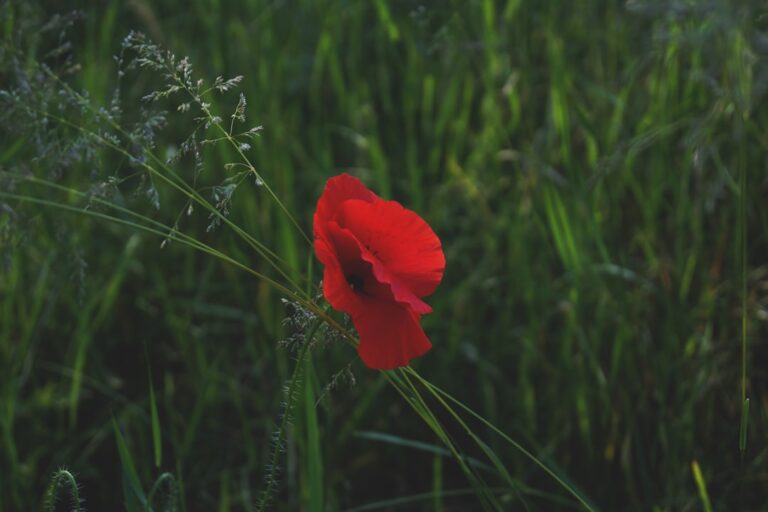



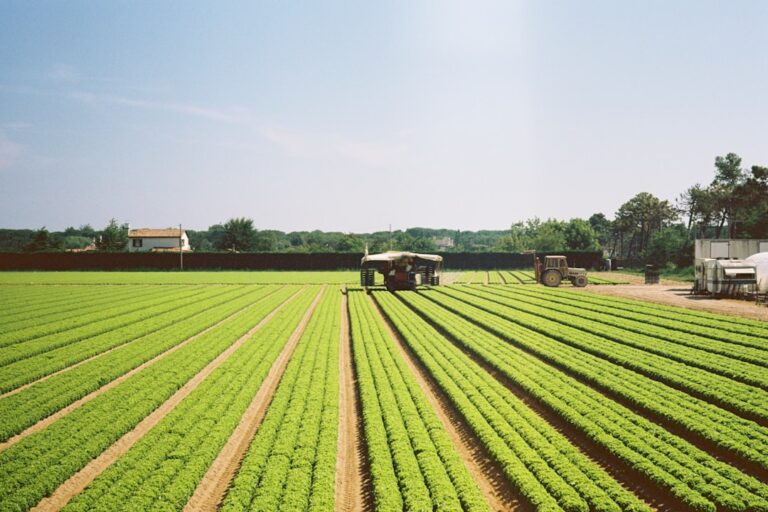

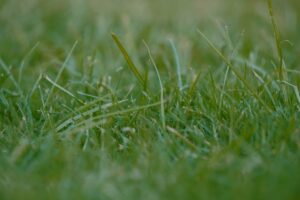






+ There are no comments
Add yours